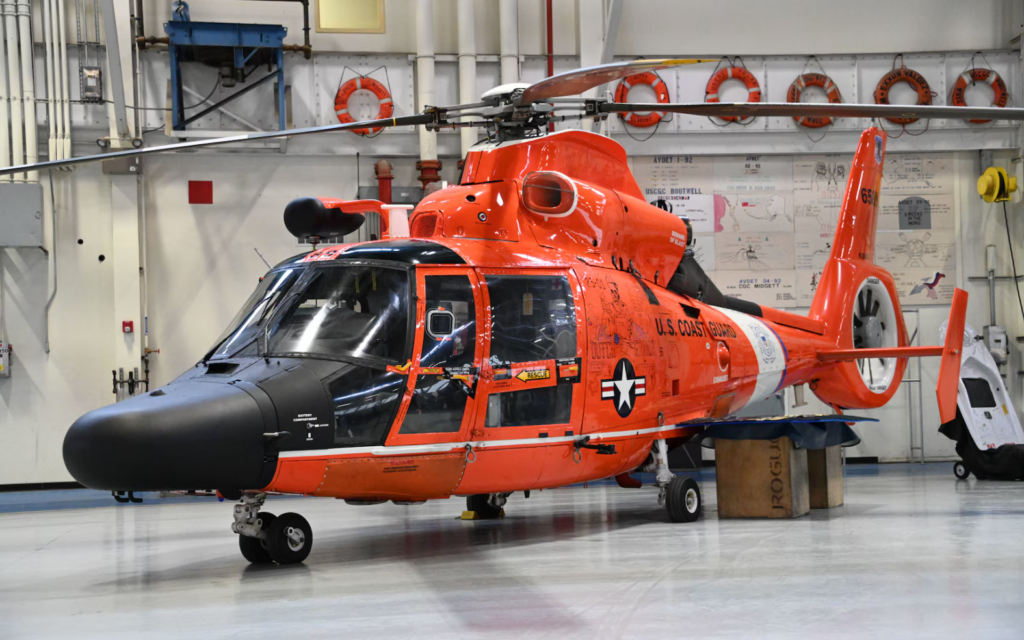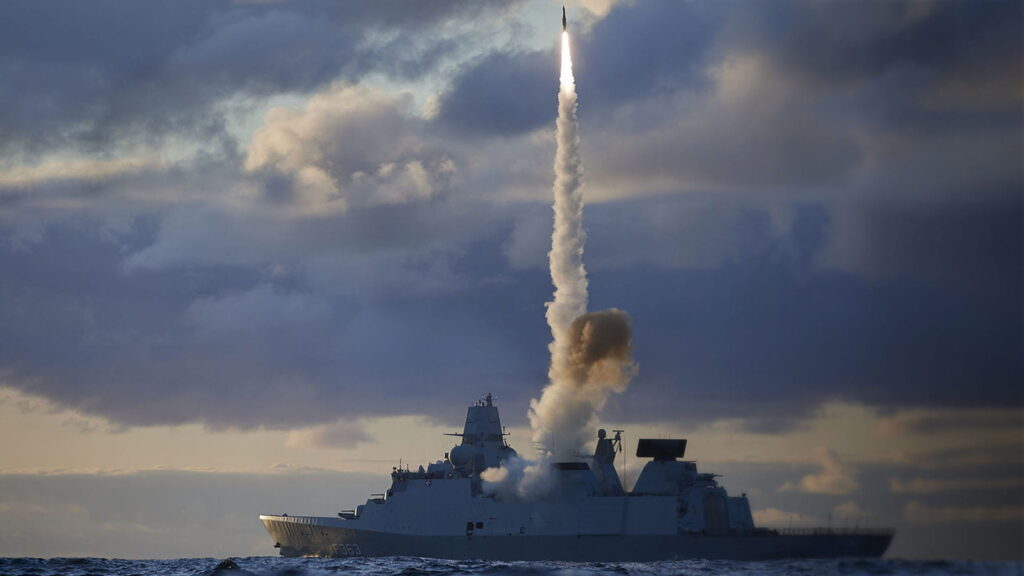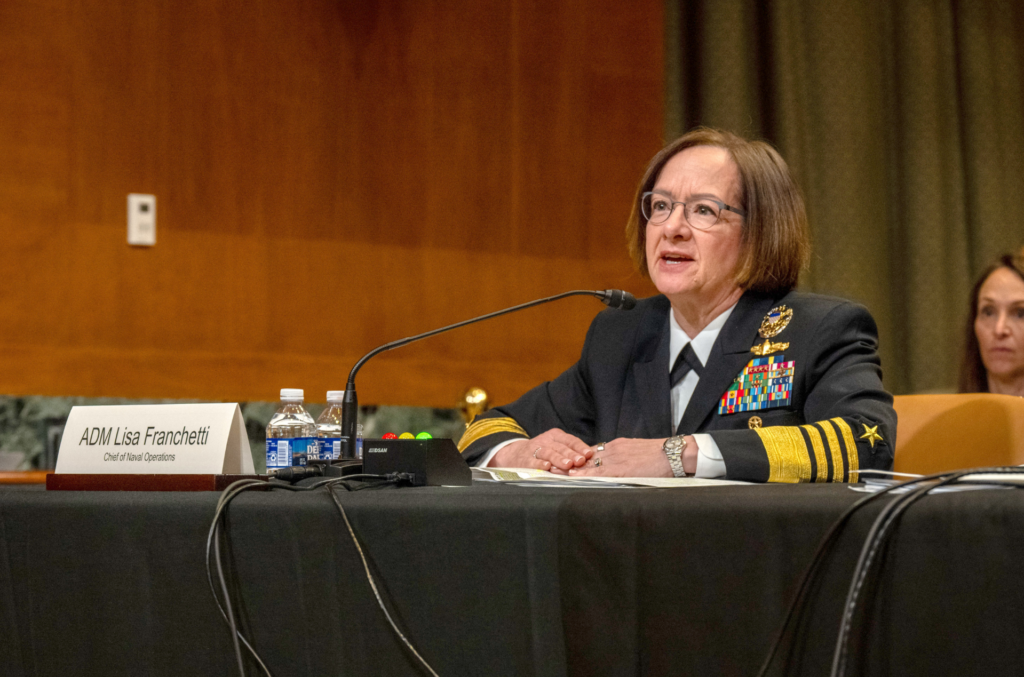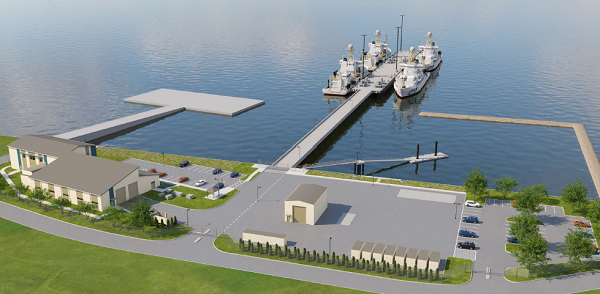U.S. Begins Construction on Temporary Pier to Deliver Humanitarian Aid to Gaza

April 25, 2024 | By Joseph Clark, DOD News
U.S. military personnel have begun construction of a temporary pier off the coast of Gaza to deliver critical humanitarian assistance, senior defense and Biden administration officials said today.
Construction of the pier is expected to be completed in early May. Once completed, it will initially facilitate the delivery of an estimated 90 truckloads of international aid into Gaza and scale to up to 150 truckloads once fully operational.
The beginning of construction marks a significant milestone following President Joe Biden’s call for the military to conduct the emergency operation during his State of the Union Address last month.
Soldiers from the Army’s 7th Transportation Brigade at Joint Base Langley-Eustis, Virginia, and sailors from Naval Beach Group 1 at Naval Amphibious Base Coronado, California, were tapped to deploy the Defense Department’s Joint Logistics Over-the-Shore capability, or JLOTS.
The first of several watercraft used to construct the pier began the weekslong transit to the U.S. Central Command’s area of responsibility less than two days after Biden’s address.
Officials underscored today that no U.S. boots will be on the ground in Gaza as part of the operation.
The U.S. has coordinated with the Israeli Defense Force to provide force protection for U.S. personnel operating at sea. The U.S. has also coordinated with an IDF engineering unit to receive the pier on the shore in Gaza once the construction at sea is complete.
“The effort to deliver humanitarian assistance from the sea is fully supported by the Israeli Defense Force with whom we have been and will continue to work very closely — from fixing the JLOTS pier to the shore to providing force protection,” a senior defense official said. “This effort is fully integrated with the IDF.”
The official added that the U.S. is also bringing “significant force protection as a prudent measure” and will continue to closely monitor the security environment to ensure the safety of U.S. forces.
“We assess that the security environment around the area of Gaza that we’ve chosen to establish the JLOTS site is sufficient to support execution of the mission,” the official said. “But importantly, we reassess security every single day. And as he would do in any mission, the commander of U.S. Central Command will make a final determination on moving forward with JLOTS placement based on the security situation at the time.”
Delivering the capability involves the complex choreography of logistics support and landing craft vessels that carry the equipment used to construct an approximately 1,800-foot causeway comprised of modular sections linked together, which is known as a Trident Pier.
The units are also constructing a 72-foot wide by 270-foot long roll-on, roll-off discharge facility, which will remain about three miles off Gaza’s shore and enable cargo ships to offload aid shipments at sea prior to being transported to shore.
About 1,000 soldiers and sailors are involved in the operation.
DOD is working closely with the U.S. Agency for International Development, which has begun coordinating international assistance. Aid providers have begun staging cargo in Cyprus for delivery via the maritime corridor once the pier is in place.
“Work on the maritime corridor is progressing along the expected timeline,” a senior administration official said. “This is a complex operation which requires close coordination with many partners, and we’re grateful for the work of our partners in this effort.”








